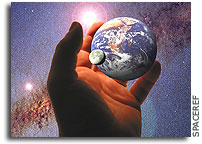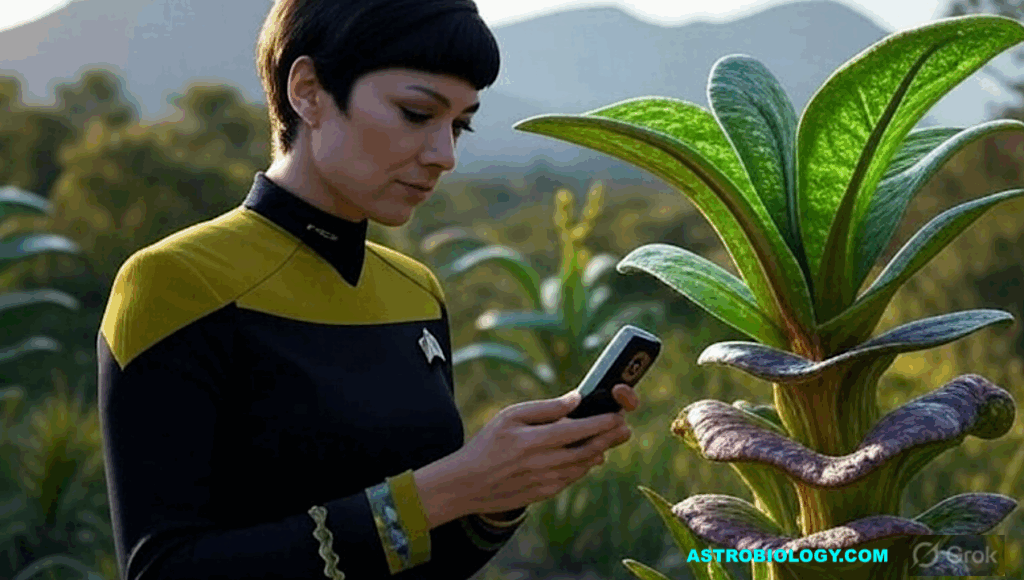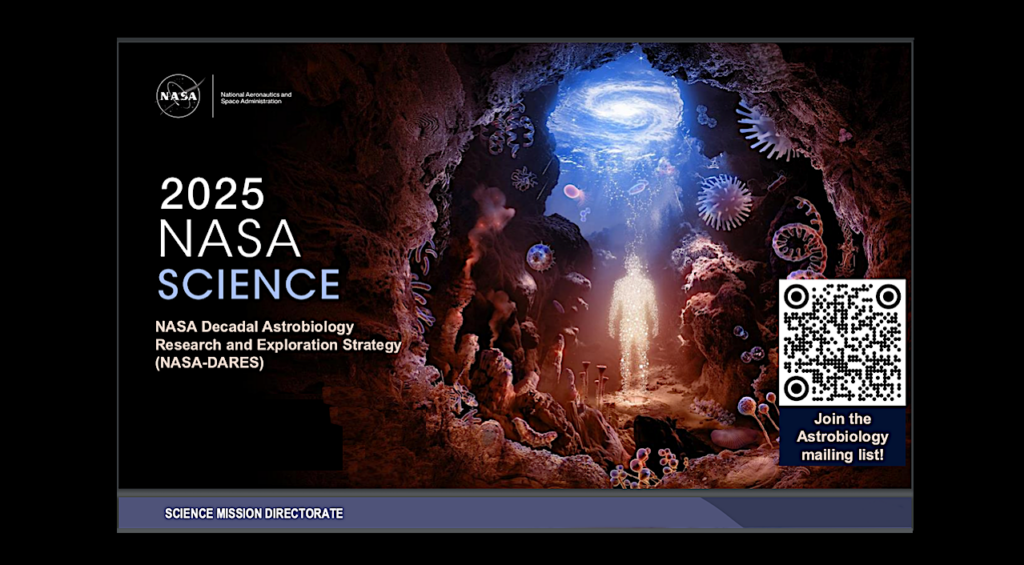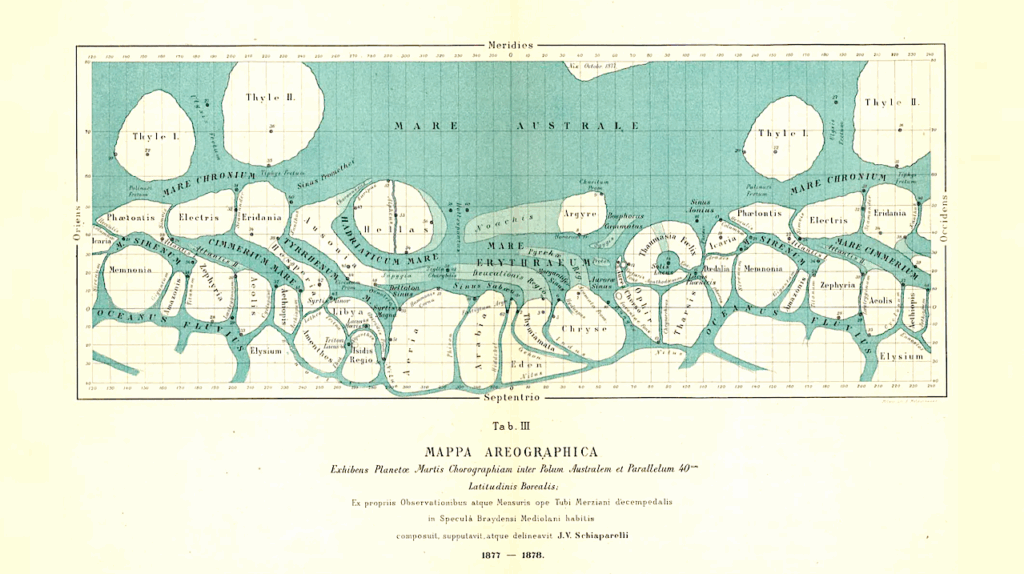NRC Speaks Out On Astrobiology's Value
 NRC Report: An Assessment of Balance in NASA’s Science Programs
NRC Report: An Assessment of Balance in NASA’s Science Programs
Astrobiology: NASA’s astrobiology program is built around three overarching scientific questions:
1. How does life begin and evolve?
2. Does life exist elsewhere in the universe?
3. What is life’s future on Earth and beyond?
The program consists of four independent R&A elementsthe exobiology and evolutionary biology program, the Astrobiology Science and Technology Instrument Development program, the Astrobiology Science and Technology for Exploring Planets program, and the NASA Astrobiology Institute (NAI). Together, these were funded in FY 2006 at a combined level of $65 million, already down 13 percent from the FY 2005 program. The FY 2007 budget would cut the program again, to half its current level. This is projected to be a permanent reduction in the size of the program.
Prospects for Progress Toward Goals
The cuts in FY 2006 are expected to be absorbed by protecting existing contracts and grants, but selecting no new awards. Each of the four program elements has had a proposal solicitation in FY 2006, and so those proposers would all be shut out of the program. The deeper cuts for FY 2007 will require a combination of no new awards plus the reduction or cancellation of some existing contracts and grants.
The decadal surveys for astrophysics and for solar system exploration both embraced astrobiology as a key component of their programs, with the questions encompassed by astrobiology serving as overarching themes for the programs as a whole. The missions put forward in the solar system exploration survey are all key missions in astrobiology, whether they are labeled as such or not. And issues and missions related to astrobiology represent one of the key areas of interest identified in the astronomy and astrophysics communities.
Astrobiology provides the intellectual connections between otherwise disparate enterprises. NASA’s astrobiology program creates an integrated whole and supports the basic interdisciplinary nature of the field. Further, the Vision is, at its heart, largely an astrobiology vision with regard to the science emphasis.18 In developing the future of the program, the missions actually feed forward from the basic science. Astrobiology is just beginning the type of synthesis and integration that will allow it to provide science input for future mission development. Without it, the science and the scientific personnel will not be in place to support the missions when they do fly.
At a time of increasing desire for cross-disciplinary programs, astrobiology represents an outstanding example of the development of a successful new interdisciplinary area. Universities across the country have established new programs in astrobiology and appointed numerous faculty members. A generation of undergraduate and graduate students has been inspired by the intellectual challenges and the Vision to undertake courses and research projects in broad areas of space science. The United States has been the leader in this developing field and has triggered large efforts in other countries, notably in Britain, Spain, Australia, and Russia. The strong U.S. leadership will be lost under the current plan.
In a new discipline that has a larger than average number of early career participants, the proposed cuts will have a disproportionate impact on young people (students, postdoctoral fellows, and junior faculty) and will strongly discourage new entries into space research. Highly trained and creative people are the heart of the space program. Yet training of the very best people takes years, and drastic cuts now will mean that scientists will not be there to support future missions. The proposed halving of the program is a complete reversal of years of NASA efforts and will be counterproductive to any long- term space exploration strategy.
18 The NASA document, The Vision for Space Exploration, cited a number of actions that were to be taken to implement the Vision, including the following scientific activities with an emphasis on searches for life:
- Conduct robotic exploration of Mars to search for evidence of life, to understand the history of the solar system, and to prepare for future human exploration;
- Conduct robotic exploration across the solar system for scientific purposes and to support human exploration. In particular, explore Jupiter’s moons, asteroids, and other bodies to search for evidence of life, to understand the history of the solar system, and to search for resources; and
- Conduct advanced telescope searches for Earth-like planets and habitable environments around other stars.







